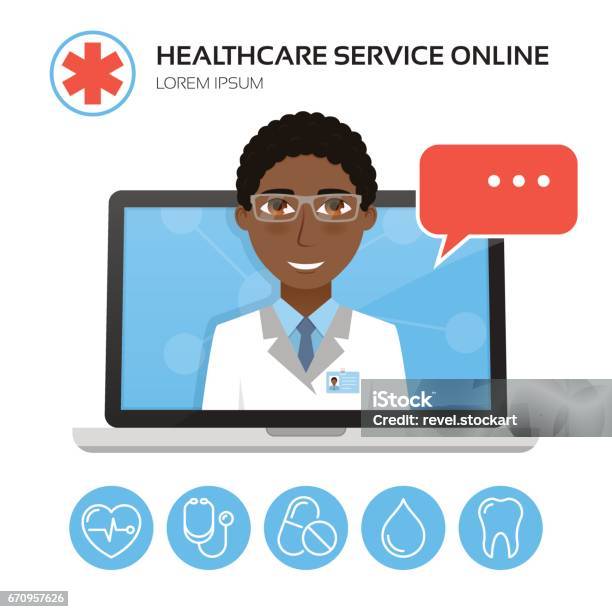Understanding the Cost-Effectiveness of Subscription-Based Health Care Versions
As the healthcare landscape develops, subscription-based models become an engaging alternative, promising to redefine how people manage clinical expenses. Evaluating these versions' cost-effectiveness necessitates a nuanced contrast with standard insurance policy, thinking about both economic ramifications and individual fulfillment. While they offer openness and predictability in costs, concerns stay regarding their capacity to meet diverse medical care requirements, particularly for specialized treatments. The point of views of medical care companies further complicate this formula, providing a complex difficulty. What does the future hold for these designs, and can they absolutely supply on their promise of accessible, economical treatment?
Summary of Subscription-Based Models
Subscription-based healthcare designs, occasionally referred to as straight health care or attendant medication, are progressively getting attention as a prospective remedy to inefficiencies within conventional health care systems. These designs operate the concept of offering individuals direct accessibility to doctor with a yearly or month-to-month cost, bypassing the demand for standard insurance devices. This plan intends to simplify patient-provider interactions by reducing management worries, which frequently hinder prompt and tailored treatment.
At the core of subscription-based designs is the emphasis on a much more personalized client experience. Individuals profit from boosted accessibility to their physicians, often including same-day or next-day visits, extended examination times, and direct communication channels such as phone or video phone calls. This model cultivates an aggressive technique to medical care, where providers and patients can collaboratively concentrate on preventative care and persistent illness monitoring.

Expense Contrast With Typical Insurance

Among the primary monetary advantages of registration versions is transparency in costs. Patients pay a predictable fee, which can streamline budgeting and monetary planning. Additionally, these versions normally eliminate co-pays and deductibles for covered services, lowering out-of-pocket costs. Alternatively, traditional insurance policy may be much more useful for individuals calling for specialized treatment or pricey treatments not covered under a membership version, as they profit from the broader insurance coverage network and cost-sharing systems.
However, cost-effectiveness is context-dependent. While subscription designs may provide financial savings for those mainly requiring primary care, individuals with persistent conditions or specialized healthcare needs may discover standard insurance coverage a lot more detailed. For that reason, assessing specific health care requirements and potential use is critical in figuring out one of the most economical option for individuals.
Impact on Patient Fulfillment
Individual satisfaction within subscription-based medical care versions usually mirrors a significant renovation over standard insurance coverage systems. Unlike standard systems, where individuals may experience hold-ups in obtaining care, subscription-based designs ensure more straight and prompt communications with healthcare carriers.
Additionally, the transparency in prices linked with subscription-based healthcare relieves the typical disappointments associated to unexpected charges and intricate invoicing processes seen in conventional insurance coverage (subscription based healthcare). Individuals value knowing the specific financial dedication upfront, bring about boosted trust fund and self-confidence in their health care administration
Furthermore, the emphasis on precautionary care and wellness in subscription designs adds to enhanced health outcomes, even more enhancing individual satisfaction. By concentrating on ongoing health and wellness maintenance rather than episodic treatment, patients experience a more constant and alternative medical care trip.
In addition, the improved provider-patient partnership fostered in these versions, defined by navigate to these guys more time invested per patient and customized interest, plays a crucial duty in raising individual contentment degrees, as individuals really feel genuinely cared for and recognized.
Supplier Experiences and viewpoints
From the service provider's viewpoint, subscription-based medical care designs offer a transformative approach to delivering medical services. These designs stress a proactive and preventative medical care method, enabling carriers to concentrate on thorough person care without the restrictions of standard fee-for-service plans (subscription based healthcare). This change in focus commonly leads to enhanced client outcomes and raised service provider complete satisfaction, as health care specialists can designate even more time and sources to person interaction and customized treatment strategies
In addition, subscription versions facilitate foreseeable earnings streams, which boost monetary stability for medical care service providers. This predictability enables enhanced resource preparation and allocation, adding to a much more efficient health care delivery system. Suppliers can buy personnel training, modern technology, and framework improvements, therefore enhancing the quality of care supplied.
Nevertheless, the change to subscription-based designs is not without challenges. Despite these difficulties, several service providers locate that the advantages of raised person interaction and streamlined procedures exceed the initial difficulties, making subscription-based designs an appealing option.
Future Potential Customers and Challenges

A main challenge is regulatory conformity, as subscription designs should stick to developing health care policies and insurance policy requirements. This requires continual adaptation and technology to guarantee placement with legal criteria. In addition, integrating these designs right into existing healthcare frameworks can be intricate, calling for considerable investments in modern technology and training.
There is also the possible threat of creating inequities in health care gain access visite site to, as subscription designs may prefer those that can manage them, leaving vulnerable populations underserved. Resolving this calls for thoughtful factor to consider of pricing techniques and aid devices to ensure inclusivity.
Verdict
Subscription-based health care versions provide a practical alternative to standard insurance by providing economic predictability and openness, particularly profiting people with chronic problems or regular health care needs. The cost-effectiveness of these models is contingent upon specific health care usage patterns and scenarios.
Subscription-based medical care designs, often referred to as straight key care or concierge medicine, are significantly getting interest as a prospective service to ineffectiveness within standard healthcare systems. Unlike typical systems, where clients might experience hold-ups in obtaining care, subscription-based models ensure even more direct and prompt communications with health care service providers.
These see it here versions stress a aggressive and preventative health care technique, allowing service providers to focus on thorough individual treatment without the restraints of typical fee-for-service plans. As these designs continue to get traction, they use the potential to change person access to care, simplify solution shipment, and optimize medical care costs.Subscription-based medical care designs provide a viable option to standard insurance by offering financial predictability and transparency, particularly profiting people with persistent conditions or regular medical care requirements.